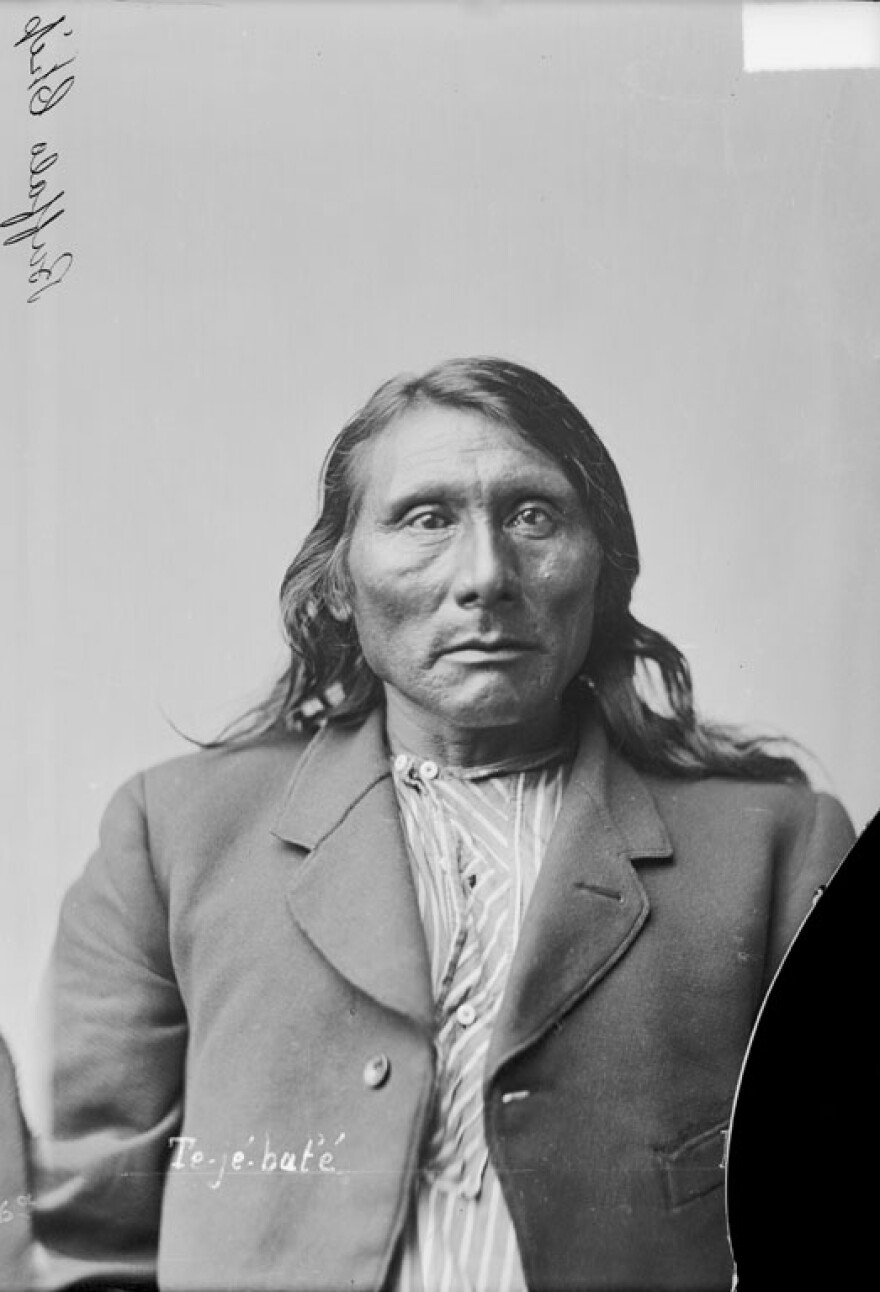A full rack of ribs, with beans and slaw, will cost you twenty bucks at Buffalo Chip Saloon and Bar, Cave Creek, AZ. Sounds reasonable, even inviting. But seriously, who'd want to eat anything served up at a saloon named by way of ruminant excrement?
Then again, if you know anything about the Plains, you know that once upon a time buffalo chips were pearls of great price. Hard as it is to imagine, most white settlers--as well as their Native neighbors—were joyful users of what thirty million bison left plentifully behind in their wanderings. Lots of kids, all kinds of hyphenated Euro-Americans, grew up on victuals cooked up over buffalo chips. Some claimed a buffalo-chip fire created a supper that needed no pepper. I wouldn't know.

In a land so bare naked as the plains, if you wanted to survive you had to make do. If you had nothing but a potbelly stove, and if there were no trees to speak of, you sent the kids out after buffalo chips. Fill a sack and--Voila!--you stay warm and cook a meal.
Buffalo chips added to pioneer folklore. Real estate chiselers liked to say the plains were a fine place to live because "the wind draws the water and the cows cut the wood." All I know is it had to be tough for my own Dutch-American ancestors out here because where cleanliness is next to Godliness, bringing manure into the house must have seemed like sin.
So I'm out tramping around Ponca country not long ago when I come up on gravestone with a comical name. I'm not Ponca or Omaha or Yankton Sioux, and I'll admit that I can't help smile occasionally at Native names. I know a couple whose daughter-in-law was named "Kills a Hundred,” a woman who told me her proud Sioux name had a definite downside: it limited her professional choices. "Imagine the the hospital intercom suddenly blurts out, 'Calling Dr. Kills a Hundred.'" For her, she told me, medicine wasn’t an option.
The gravestone I bumped last week into belonged to an "Indian chief of the Ponca Tribe," a man named "Buffalo Chip." Cemeteries don't joke around much, but when I saw "Buffalo Chip" on that stone, I had to smile. But a man like me, a man named after a sheep, is not one to talk.
According to his stone, Buffalo Chip probably died a Christian--there's a supplicant at the foot of a cross cut into the granite, and the words "Rock of Ages" in a banner beneath the image.
What's more, the date of his death, "June 13, 1906" and his age, "80 years" and the fact that he's here beside the Missouri River means much of his story can be known because he had to be among those Poncas the government considered hostiles, even though the Poncas never lifted a finger against any cavalry. Washington determined the Ponca's future was going to be in Indian Territory. End of story.
Some Poncas, Standing Bear among them, refused. His great American story is a saga for another time.
But history tells us that, like Standing Bear, Buffalo Chip, "Indian Chief of the Poncas," refused to leave the

very broad shoulders of the Missouri River he considered home. With Standing Bear, Buffalo Chip likely walked twice, back and forth, between northern Oklahoma and northern Nebraska, through weather that took a terrible toll in death and suffering on people determined only to be free and live here at home on the earth where their elders rested.
When the cavalry insisted they return, once again, to Indian Country, Buffalo Chip looked the law in the eyes and flat out told them no. This Buffalo Chip, with no malice or rancor, simply told the soldiers they'd have to shoot him right then and there because he and his folks were not going back. True story.
You can't help but smile when you know the whole incredible saga of Buffalo Chip. Here’s his stone and what’s yet there of his mortal coil, beneath an aging gang of cedars. Here he is, happily, I’d guess, more than a century later, at home.
May he rest in peace.









